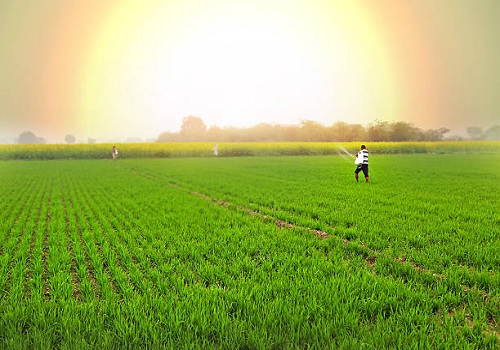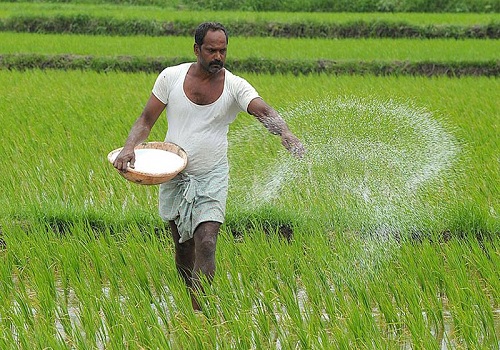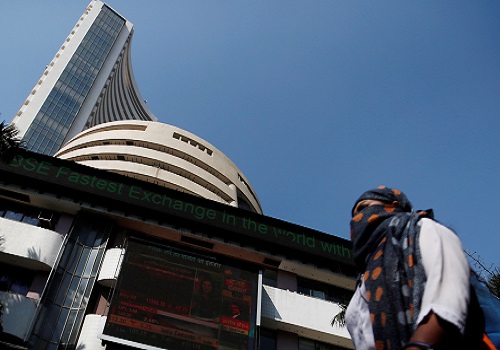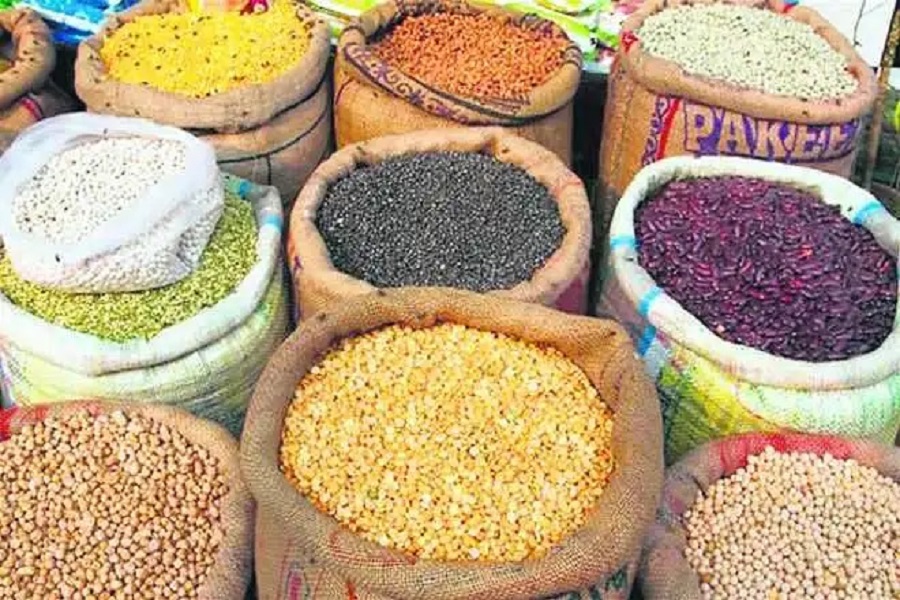Monsoon Rebounds with 7% Surplus in July, Boosting Seasonal Rainfall by Amit Gupta, Kedia Advisory

India experienced a 7% surplus in rainfall from July 1-21, recovering from June's deficit and achieving 99% of its long period average (LPA) since June 1. Major agricultural states like Bihar and Punjab faced deficiencies, while the southern and central regions received above-normal rainfall. IMD forecasts continued above-normal rainfall for the month, critical for sowing activities. However, 283 districts remain deficient.
Highlights
Monsoon Recovery: India experienced a 7% surplus in rainfall during July 1-21, helping to recover from the 11% rainfall deficit in June. This has brought the countrywide seasonal rainfall to 99% of its long period average (LPA) since June 1.
Rainfall Distribution: Major agricultural states like Bihar, Jharkhand, Punjab, and Haryana have faced deficient rainfall, while 16 states received normal rainfall, and 10 states experienced excess precipitation during this period.
Monsoon Progress: The south-west monsoon covered the entire country by July 2, six days ahead of schedule. The Indian Meteorological Department (IMD) has predicted above-normal rainfall for July, except in some north-eastern regions.
Significance of July Rainfall: July is the wettest month of the June-September monsoon season, crucial for sowing activities. Monsoon is vital for 45% of the total cultivated area in India that lacks assured irrigation facilities.
Rainfall Statistics: As of July 21, India received 347.5 mm of rainfall since June 1, which is 1.2% below its LPA of 351.7 mm. The past week's rainfall was 3% above normal, with the southern region receiving the maximum showers, followed by Central India.
Regional Rainfall Analysis: The south peninsula, including Kerala, Tamil Nadu, Karnataka, Andhra Pradesh, and Telangana, reported 193.6 mm of rainfall from July 1-21, which is 42.1% above the normal of 136.2 mm for this period.
Eastern and Northern Regions: The eastern and north-eastern regions, comprising West Bengal, Bihar, Jharkhand, and the North-Eastern states, received 353.2 mm of rainfall, 19.4% above the normal of 295.9 mm.
Central India Rainfall: Central India, including Gujarat, Maharashtra, Madhya Pradesh, Chhattisgarh, Odisha, and Goa, reported 244.5 mm of rainfall, which is 16% above its LPA of 210.7 mm for the period.
North-West Region Deficit: The north-western region, comprising Punjab, Haryana, Rajasthan, Uttar Pradesh, Uttarakhand, Himachal Pradesh, and Jammu and Kashmir, experienced 128.6 mm of rainfall, which is 4.7% below the normal of 135 mm.
Deficient Areas: Out of 36 meteorological subdivisions, 9 reported deficient rainfall, covering 23% of India’s geographical area. Additionally, 283 out of 729 districts reported below normal or deficient rainfall, with 42 districts facing severe deficiencies.
Conclusion
The monsoon season has shown significant recovery in July with a 7% surplus, enhancing the overall rainfall to near-normal levels. This is crucial for the 45% of India's cultivated area lacking irrigation. Despite the general improvement, certain key agricultural regions like Bihar and Punjab continue to face challenges due to deficient rainfall. Continued monitoring and adaptive measures are essential to support affected areas. The IMD's forecast for above-normal rainfall in the remaining month offers hope for further improvements in agricultural productivity.
Above views are of the author and not of the website kindly read disclaimer










More News

Copper Prices Retreat as Rising Inventories and Weak Chinese Demand Dampen Bullish Momentum,...













